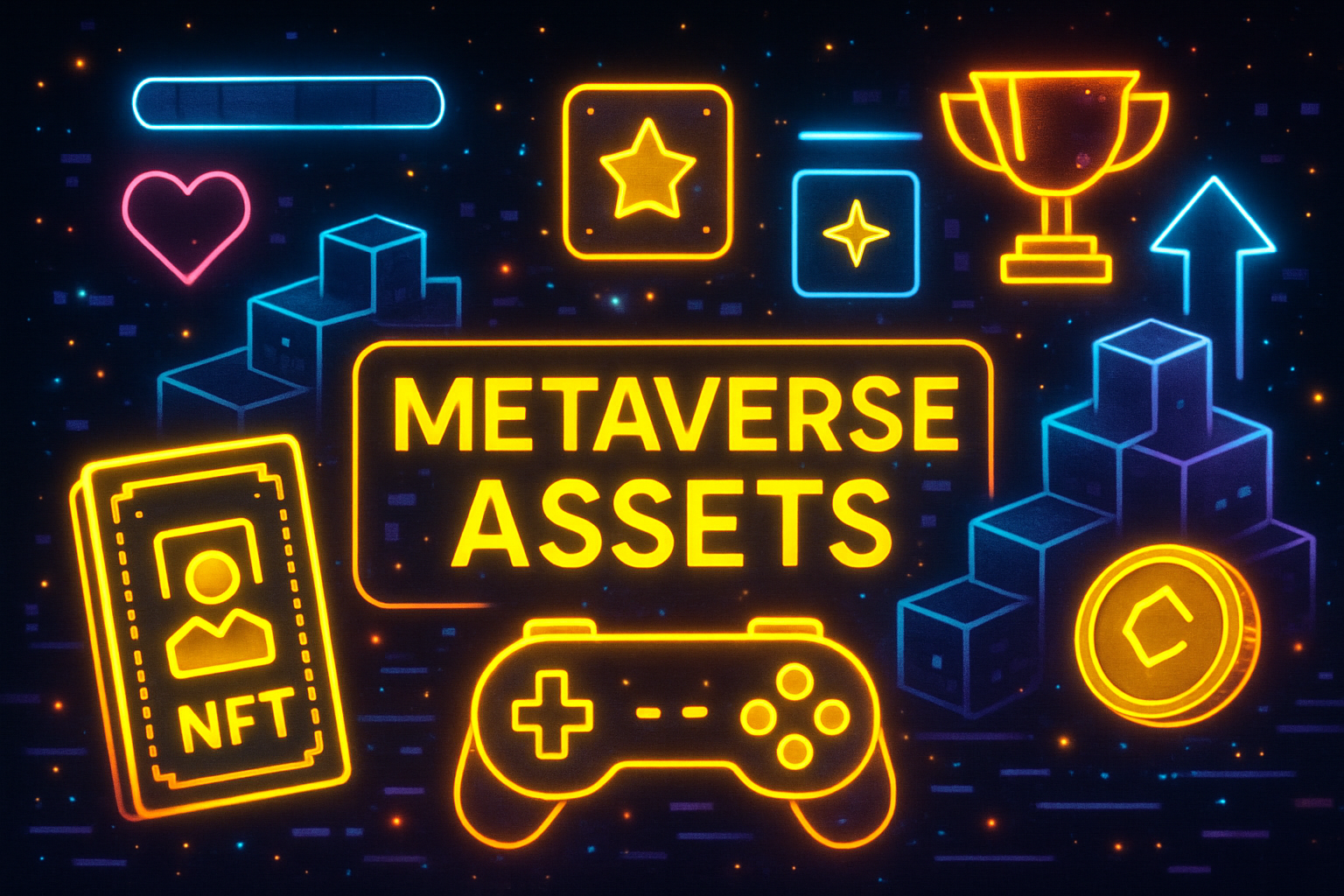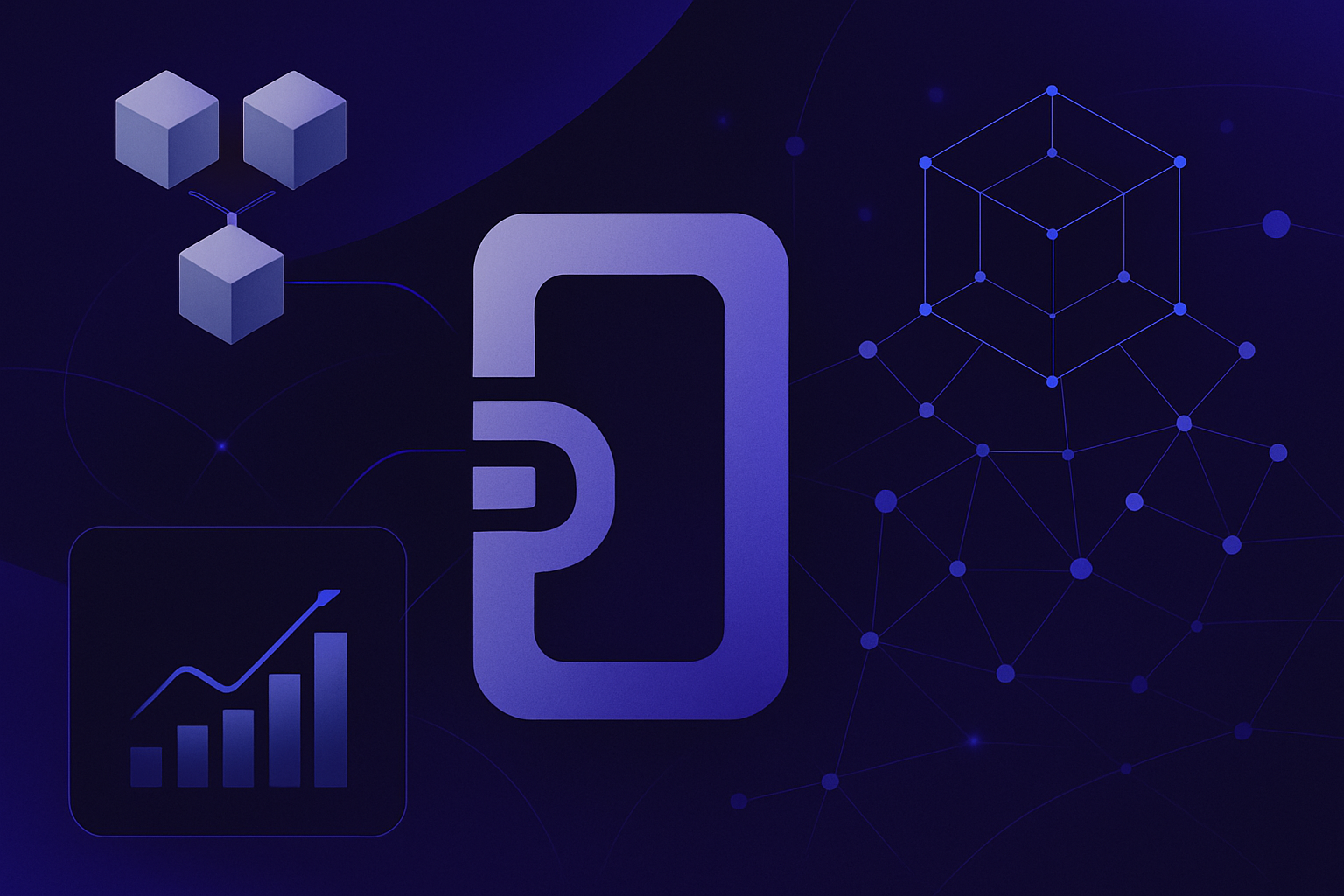
Celestia’s modular blockchain architecture is changing the rules for developers who want to build fast, scalable, and custom blockchain solutions. With the current Celestia (TIA) price at $1.01, the network is not just a speculative asset but a foundational layer for the next wave of decentralized applications. If you’re tired of the limitations and bottlenecks of monolithic chains, it’s time to look at how Celestia’s separation of consensus, data availability, and execution is unlocking real flexibility and adoption.
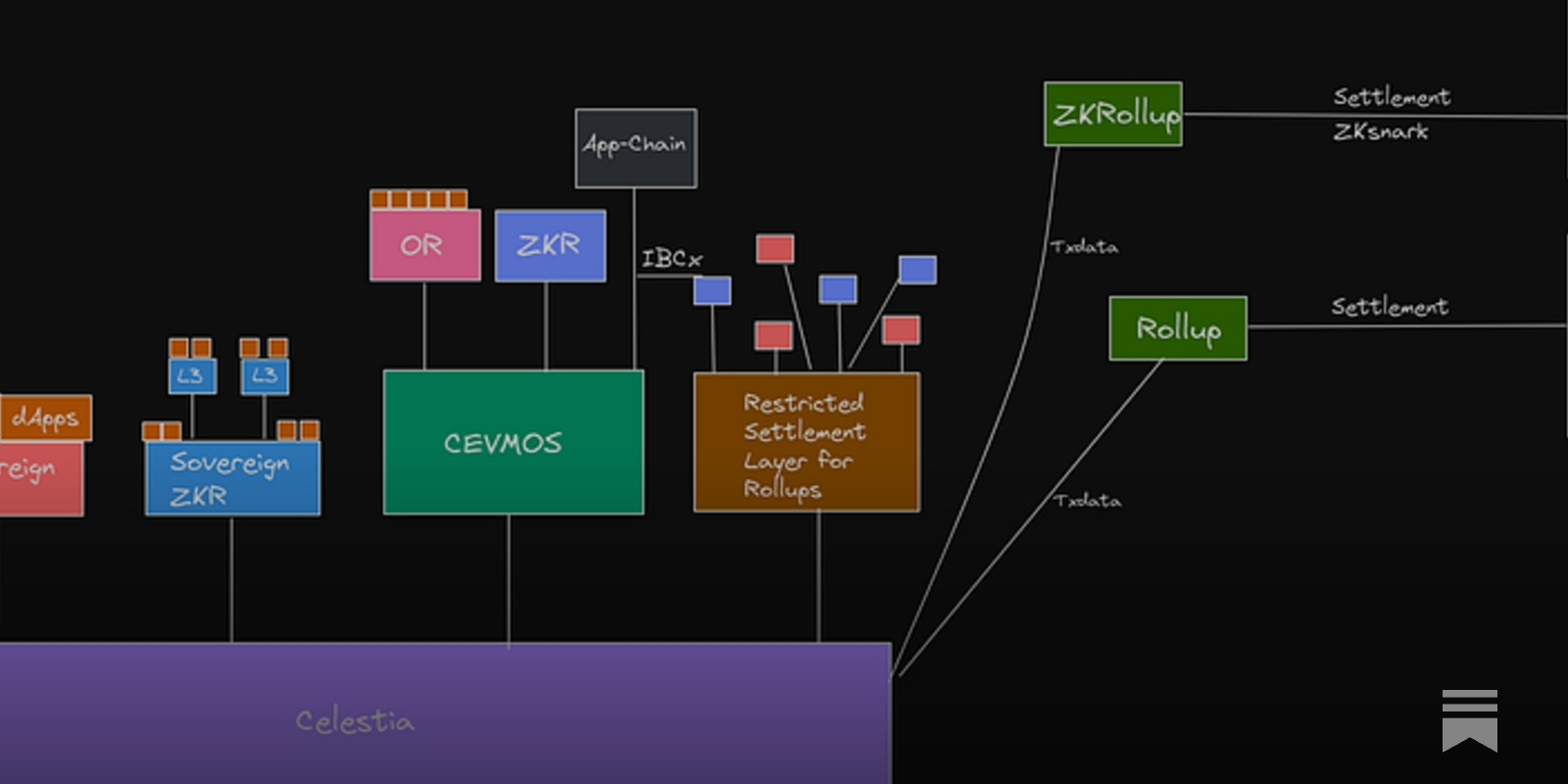
Why Developers Are Flocking to Celestia: Flexibility Unleashed
In traditional blockchains, developers are boxed in by rigid execution environments and have to accept the network’s built-in trade-offs. Celestia throws that out the window. Its modular approach lets you launch a rollup or application-specific chain that leverages Celestia for consensus and data availability, but gives you total control over execution. Want to run a custom virtual machine or experiment with new state models? Go for it. You’re not forced to use the EVM or any prescribed stack. This is the core of Celestia’s flexibility for devs: the architecture is designed to let you innovate without compromise.
Decoupling execution from consensus means rollup frameworks like Eclipse and Conduit can plug into Celestia as a data availability layer, then roll out their own logic above it. This isn’t just theory, projects are already deploying sovereign rollups, high-speed DeFi chains, and on-chain games that don’t have to worry about Ethereum’s fee spikes or blockspace wars. For a technical breakdown of how Celestia sets the standard for data availability, check out this resource.
Scalability Drives Adoption: Data Availability Sampling in Action
Let’s get practical. Scalability is the make-or-break factor for any blockchain hoping to see mainstream adoption. Monolithic chains get congested, fees skyrocket, and users flee. Celestia solves this by introducing data availability sampling (DAS), a lightweight mechanism that lets light nodes verify block data without having to download the entire thing. As more nodes join Celestia, block sizes can increase, meaning more throughput and lower fees for everyone.
This is what makes Celestia’s modular blockchain architecture so attractive for both developers and end-users: abundant blockspace that scales with demand, not against it. The result? Rollups and L2s can publish their data to Celestia at a fraction of Ethereum’s cost, opening the door to new use cases and business models.
Real-World Use Cases: Modular Rollups in Motion
So what are teams actually building on Celestia? Here’s where things get interesting. The ecosystem is rapidly diversifying as developers realize they don’t have to compromise on performance or sovereignty:
Key Use Cases for Celestia’s Modular Blockchain
-
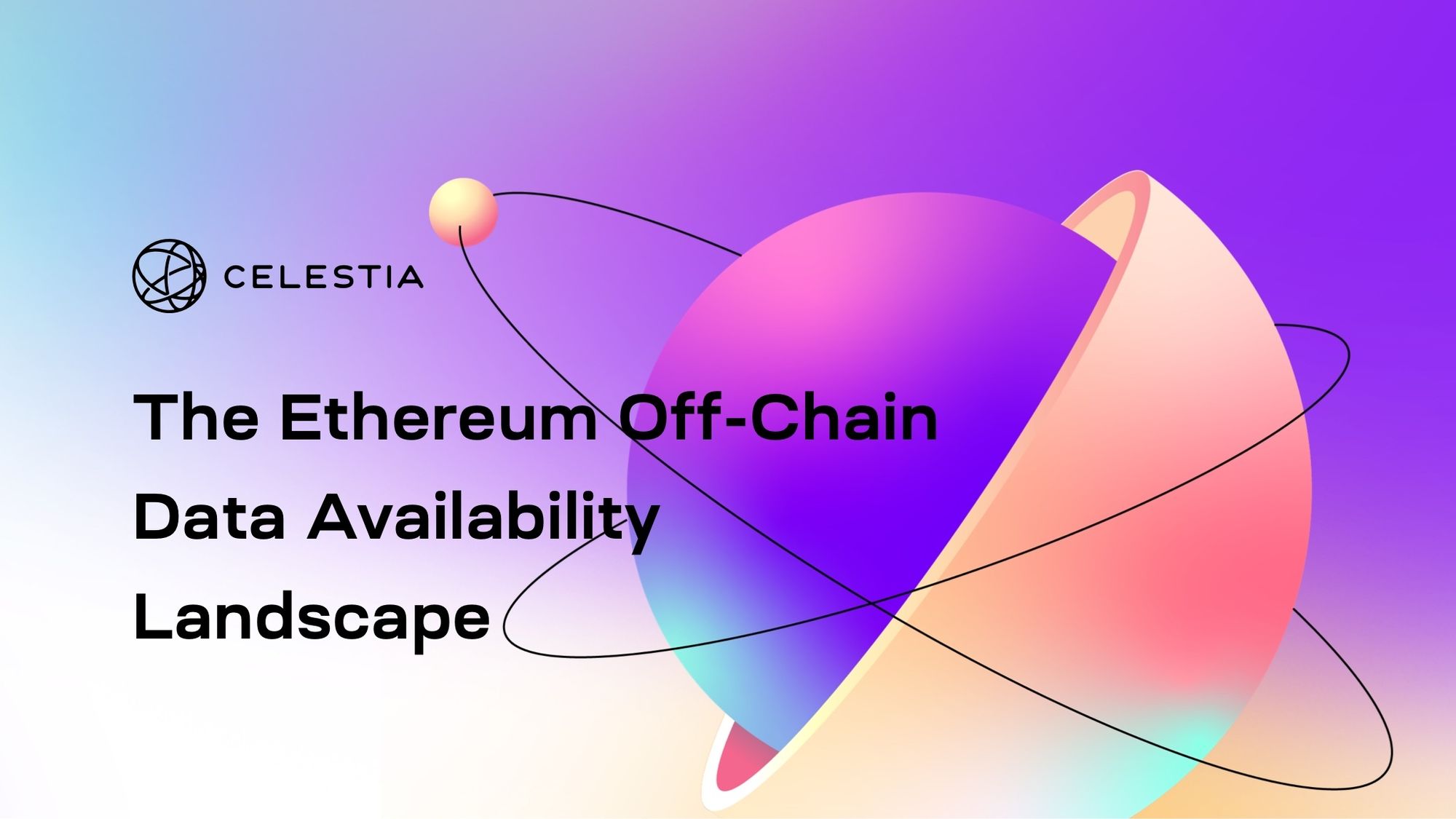
Scalable Rollups: Leading Ethereum Layer 2 solutions like Arbitrum and zkSync leverage Celestia as a data availability layer, reducing costs and boosting throughput for decentralized applications.
-
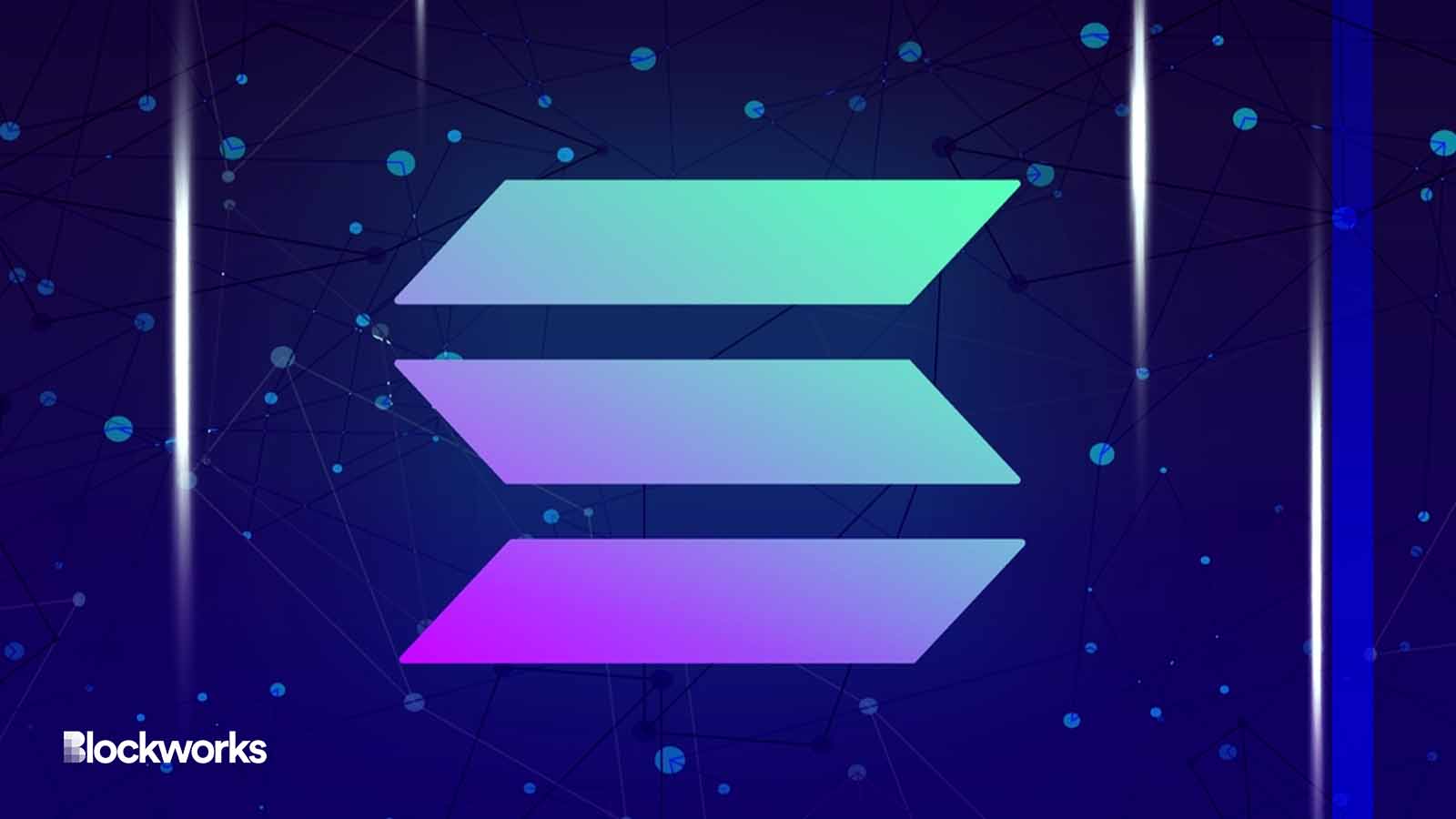
Custom DeFi Chains: Developers are building application-specific blockchains for high-speed DeFi, such as Eclipse, utilizing Celestia to enable flexible execution environments and low transaction fees.
-
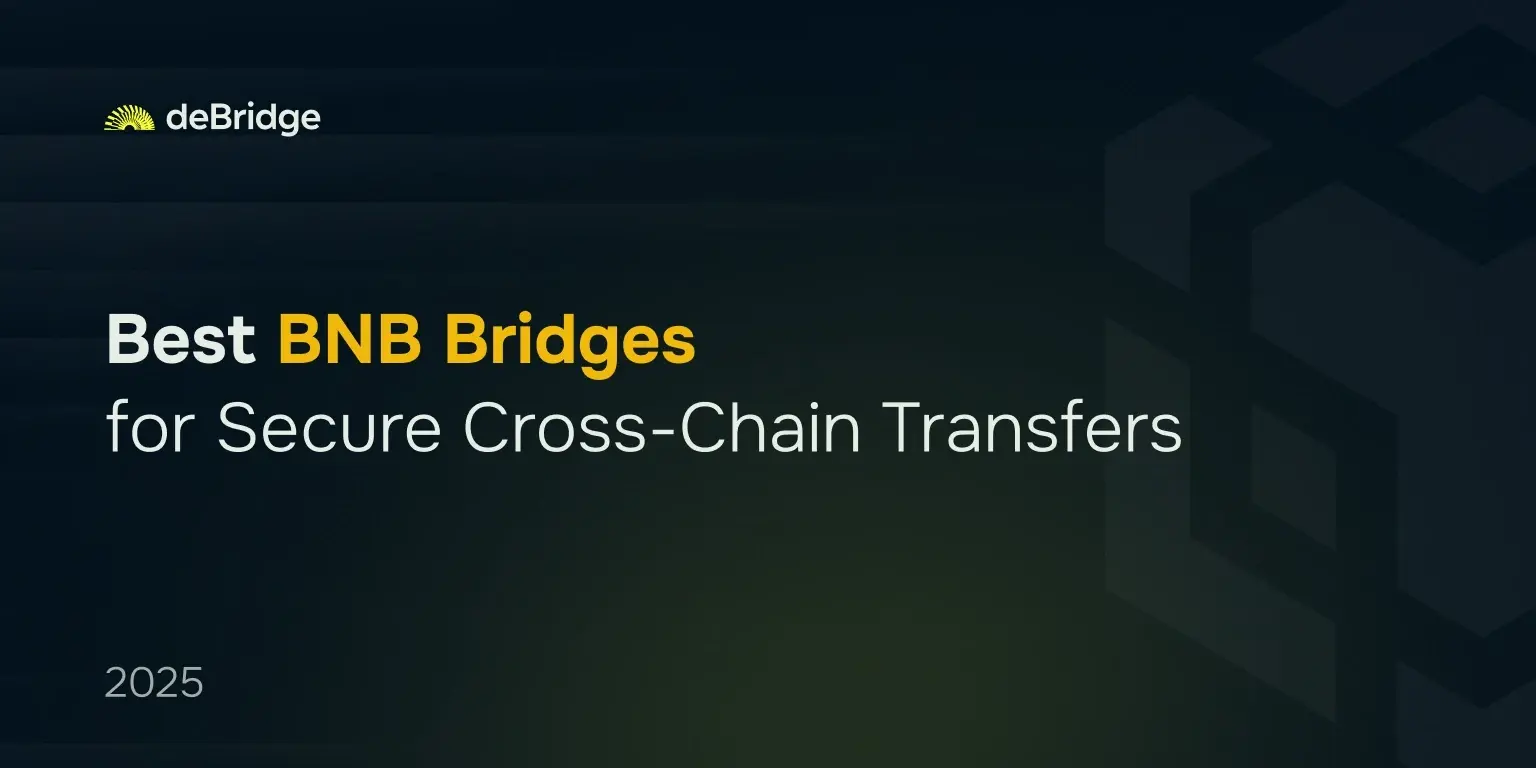
Cross-Chain Bridges: Protocols like deBridge use Celestia to enhance cross-chain liquidity and interoperability, making it easier to move assets securely between blockchains.
-
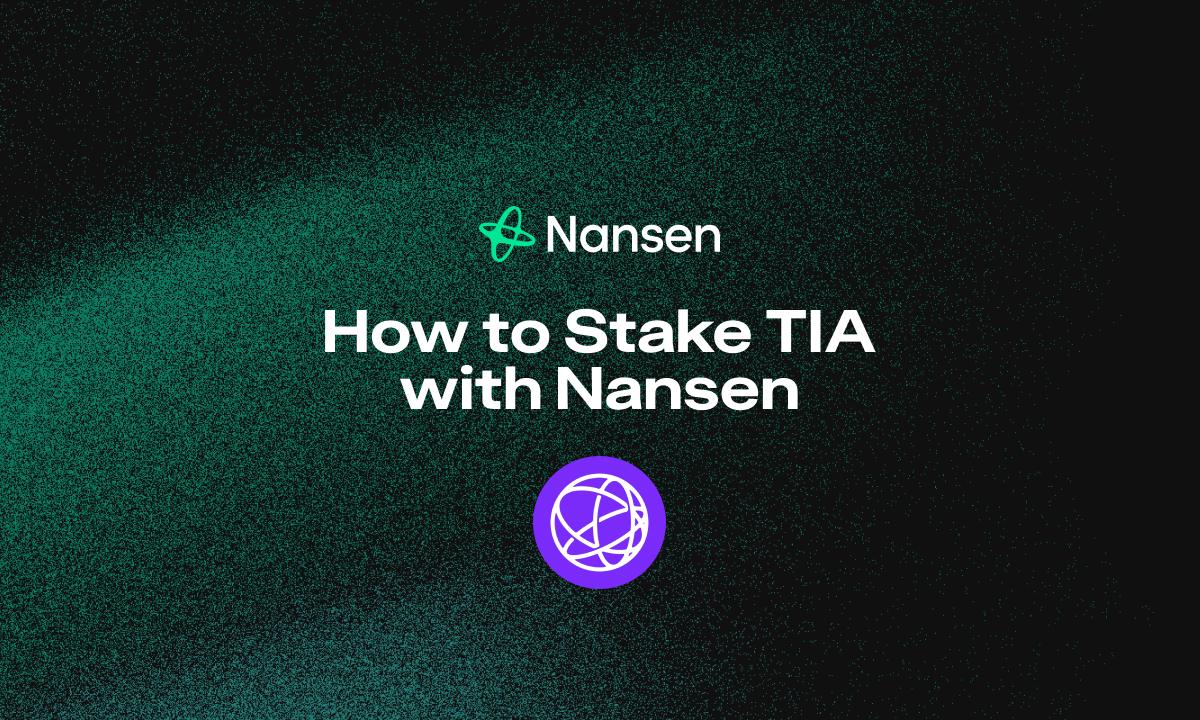
On-Chain Gaming Platforms: Game developers deploy sovereign rollups on Celestia to achieve high performance and scalability for on-chain games, without the congestion issues of traditional blockchains.
-
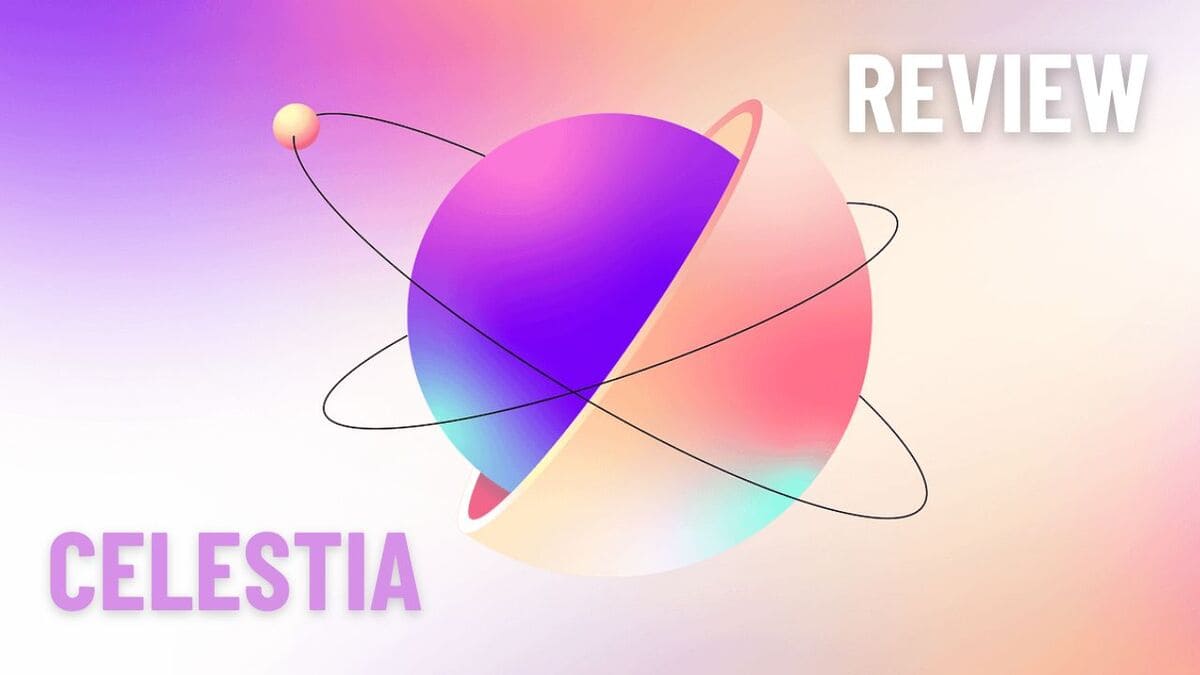
Decentralized Social Networks: Projects are experimenting with social protocols on Celestia, taking advantage of its abundant blockspace and modular design to support censorship-resistant communication.
- Rollup Frameworks: Projects like Eclipse use Celestia as a data availability layer for scalable decentralized apps across multiple execution environments.
- Application-Specific Blockchains: Teams are launching chains optimized for DeFi, gaming, and other verticals, no more one-size-fits-all limitations.
- Cross-Chain Interoperability: Protocols like deBridge leverage Celestia to boost liquidity transfers and interoperability between ecosystems.
This modularity is why many see Celestia as the backbone for the next generation of blockchain infrastructure. For an in-depth look at how modular data availability layers like Celestia address scalability limits, see this analysis.
Developers are now free to iterate, experiment, and deploy without being held hostage by the bottlenecks that plague legacy chains. With Celestia, you can launch a high-throughput DeFi protocol, a privacy-centric rollup, or even a fast-paced on-chain game, each with its own execution logic and governance. This freedom is a magnet for serious builders who want to own their stack and scale on their own terms.
It’s not just about technical flexibility. The economics are compelling, too. With Celestia’s data availability layer, rollups and L2s can dramatically cut data publishing costs compared to Ethereum mainnet. That means more affordable transactions for users and more sustainable business models for builders. As the network grows and blockspace becomes more abundant, the cost savings only get better.
Ecosystem Momentum: Developer Adoption and Community Growth
Celestia is not building in a vacuum. The modular blockchain movement is gaining serious traction, with new frameworks, developer tools, and integrations launching at a rapid clip. Rollup-as-a-service providers are integrating Celestia as their go-to data availability backend, making it easier than ever to spin up a custom chain in minutes. This is accelerating Celestia developer adoption and fueling a virtuous cycle of innovation across the ecosystem.
Community is another critical piece. Celestia’s open design encourages collaboration, not competition. Developers, validators, and users all have a stake in the network’s success. The result is a vibrant ecosystem where ideas move fast and experimentation is rewarded.
What’s Next for Modular Rollup Use Cases?
With Celestia (TIA) holding steady at $1.01, the market is watching closely as new projects go live and push the boundaries of what’s possible. Expect to see:
- More application-specific chains targeting niche verticals
- Seamless cross-chain bridges powered by modular data availability
- Rollups experimenting with novel execution environments beyond the EVM
- DeFi protocols that can finally scale without fee spikes or congestion
For those building at the frontier, Celestia’s modular blockchain architecture is not just a trend, it’s a toolkit for real innovation. The next wave of blockchain adoption will be modular, flexible, and driven by use cases we haven’t even imagined yet. If you want to dive deeper into how Celestia is setting new standards for rollup design, check out this detailed guide.




